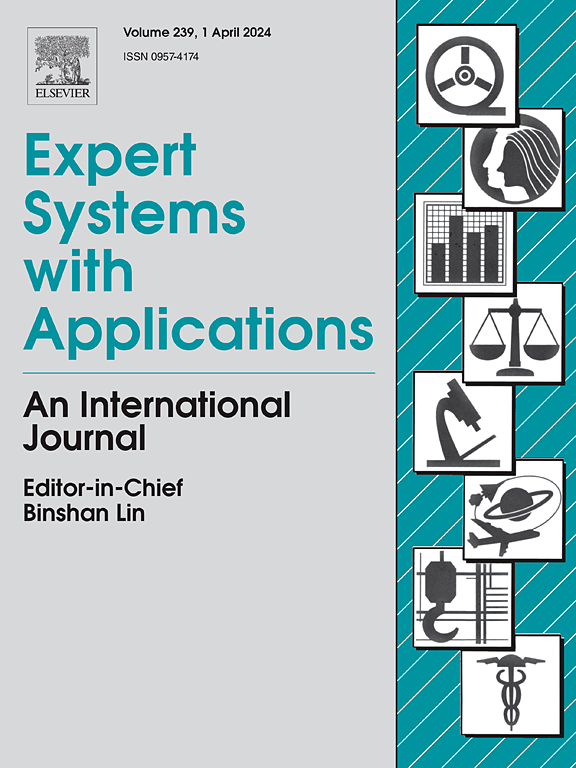A novel method for identifying sudden degradation changes in remaining useful life prediction for bearing
IF 7.5
1区 计算机科学
Q1 COMPUTER SCIENCE, ARTIFICIAL INTELLIGENCE
引用次数: 0
Abstract
This paper presents a novel approach to enhancing the accuracy of Remaining Useful Life (RUL) predictions for bearings, addressing the limitations of traditional methods that fail to capture sudden changes in bearing health states. Conventional methods often rely on the monotonicity of a single feature, such as root mean square (RMS), and are unable to continuously monitor health changes. To overcome these challenges, a prototypical network is employed to identify sudden changes in bearing health states, referred to as critical points in this paper. By comparing the health states at the current time and the initial time, the critical point can be determined through the results of the prototypical network. Once the critical point is identified, the hyperparameters of the prototypical network are fixed and transformed to enable RUL prediction. Consequently, RUL can be predicted following the critical point. Furthermore, the prototypical network updates the initial time and continuously analyses the vibration signal to determine the next critical point. This process repeats until no further signals are input. Moreover, validation on two public datasets demonstrates the effectiveness of the proposed method in improving RUL prediction accuracy. Results indicate that the proposed method enhances model precision in bearing RUL prediction through critical point detection (CPD). Incorporating CPD offers a novel perspective for RUL prediction in industrial bearing applications.
求助全文
约1分钟内获得全文
求助全文
来源期刊

Expert Systems with Applications
工程技术-工程:电子与电气
CiteScore
13.80
自引率
10.60%
发文量
2045
审稿时长
8.7 months
期刊介绍:
Expert Systems With Applications is an international journal dedicated to the exchange of information on expert and intelligent systems used globally in industry, government, and universities. The journal emphasizes original papers covering the design, development, testing, implementation, and management of these systems, offering practical guidelines. It spans various sectors such as finance, engineering, marketing, law, project management, information management, medicine, and more. The journal also welcomes papers on multi-agent systems, knowledge management, neural networks, knowledge discovery, data mining, and other related areas, excluding applications to military/defense systems.
 求助内容:
求助内容: 应助结果提醒方式:
应助结果提醒方式:


